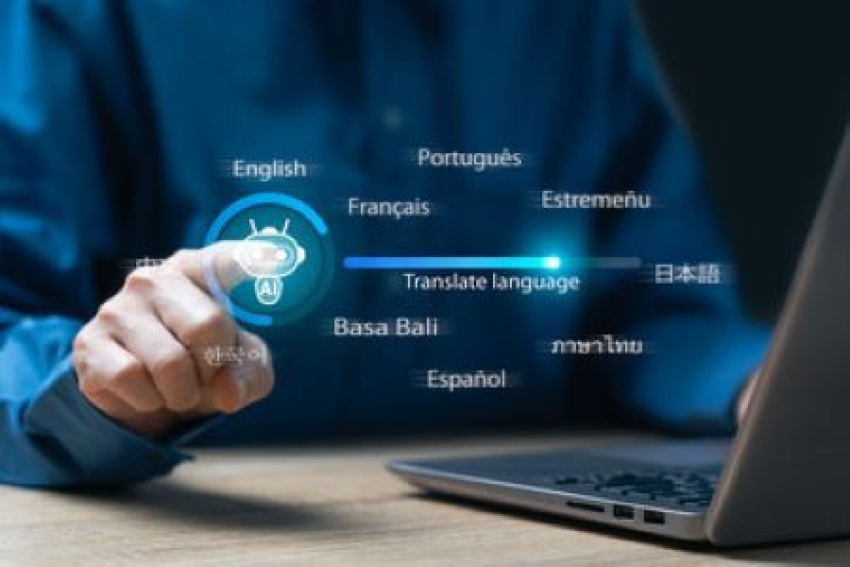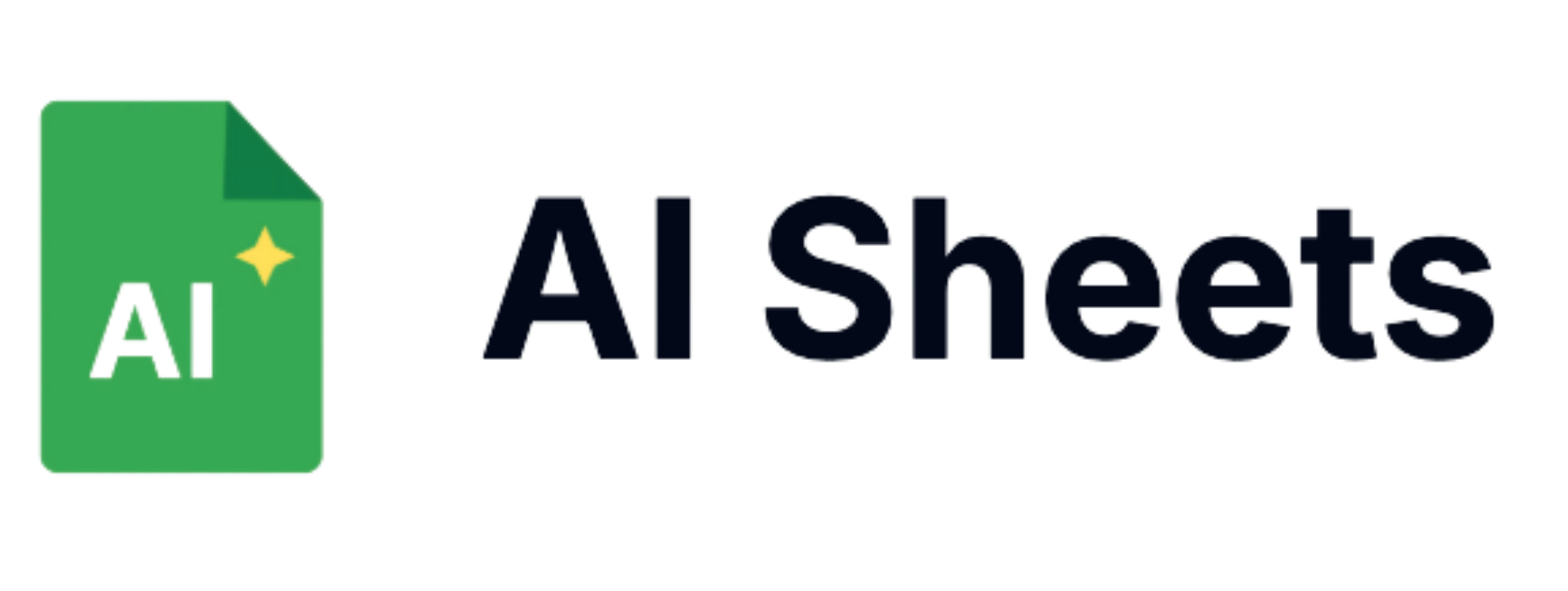How to Optimize Your Multilingual Marketing Campaigns

In today's global marketplace, reaching audiences in their native language is no longer optional—it's essential for business growth. Multilingual marketing has become a critical strategy for brands seeking to expand their reach and connect authentically with international customers. With 76% of consumers preferring to buy products in their native language and 40% refusing to make purchases from websites not in their language, optimizing your multilingual marketing campaigns can directly impact your bottom line.
This comprehensive guide explores proven strategies, cutting-edge tools, and real-world case studies to help you create multilingual marketing campaigns that resonate across borders and cultures.
The Business Case for Multilingual Marketing
Before diving into optimization tactics, it's important to understand why multilingual marketing matters:
- Expanded market reach: Access to customers in new geographic regions
- Increased conversion rates: Studies show up to 70% higher conversion when content is in the customer's native language
- Enhanced brand trust: 65% of consumers say they trust brands more when addressed in their native language
- Competitive advantage: Standing out in markets where competitors haven't localized
- Improved customer satisfaction: 74% of consumers are more likely to purchase again if post-sales support is in their language
As businesses become increasingly global, multilingual marketing has transformed from a competitive edge to a market necessity.
Case Studies: Successful Multilingual Marketing Campaigns
McDonald's: Glocalization Strategy
McDonald's exemplifies successful multilingual marketing through their "glocalization" approach—adapting globally recognized campaigns to local tastes and cultural contexts.
In Japan, McDonald's developed the "Gracoro Burger" campaign specifically for Japanese preferences, featuring a croquette-style patty filled with white sauce, macaroni, and shrimp. The campaign included Japanese-language TV commercials, social media content, and in-store promotions tailored to local aesthetics and humor styles.
Results: The campaign increased McDonald's Japan's market share by 15% and boosted social media engagement by 37% compared to previous campaigns.
Coca-Cola: "Share a Coke" Campaign
Coca-Cola's "Share a Coke" campaign stands as a masterclass in multilingual marketing adaptation. The company replaced its logo on bottles with popular local names in over 80 countries and 35+ languages.
The campaign went beyond simple translation—names were carefully selected to reflect each market's demographics and naming conventions. In China, they used common nicknames and terms of endearment rather than formal names, while in the Middle East, they featured family titles that reflect cultural values.
Results: Sales increased by 2.5% in the US and 7% in Australia, with over 500,000 photos shared on social media using the campaign hashtag.
Want to streamline your multilingual marketing workflow? AI Sheets offers powerful formulas like =GPTTRANSLATE() that can help you manage multilingual content effortlessly.

Using AI for Multilingual Marketing Translation
Artificial intelligence has revolutionized multilingual marketing by making translation faster, more accurate, and culturally nuanced. Here's how to leverage AI for your campaigns:
1. AI-Powered Translation Management
Modern AI translation goes beyond word-for-word conversion to capture context, tone, and cultural nuances. Tools like AI Sheets allow marketers to manage translations directly within spreadsheets using formulas like:
=GPTTRANSLATE(A2, "German", "marketing tone with cultural adaptation")
This approach maintains brand voice while adapting content appropriately for each market.
2. Sentiment Analysis Across Languages
Understanding how your messaging resonates emotionally across different cultures is crucial. AI tools can analyze content sentiment in multiple languages:
=GPTCATEGORIZE(B5:B50, "positive,negative,neutral")
This helps identify potential cultural missteps before campaigns launch.
3. Multilingual Content Generation
Creating original content for each market can be resource-intensive. AI can help generate market-specific content variations:
=GPTWRITE("Create a product description for our wireless headphones", "200 words", "for German market")
Ready to transform your multilingual marketing approach? Sign up for AI Sheets and start using powerful AI formulas for your global campaigns.

Best Practices for Multilingual SEO
Multilingual SEO requires specific strategies to ensure your content ranks well in multiple languages and regions:
1. Implement Proper URL Structure
Choose one of these approaches:
- Country-specific domains: example.de, example.fr
- Subdirectories: example.com/de/, example.com/fr/
- Subdomains: de.example.com, fr.example.com
Search engines prefer subdirectories for most businesses, as they're easier to manage and pass domain authority more efficiently.
2. Use Hreflang Tags Correctly
Hreflang tags tell search engines which language version to show users based on their location and language preferences:
<link rel="alternate" hreflang="en" href="https://example.com/page/" />
<link rel="alternate" hreflang="es" href="https://example.com/es/page/" />
<link rel="alternate" hreflang="de" href="https://example.com/de/page/" />
Include these tags in the header of every page with language variants.
3. Conduct Language-Specific Keyword Research
Don't simply translate your primary keywords—what works in one language may not resonate in another. Instead:
- Use native-speaking SEO specialists for each market
- Research keywords specific to each language and region
- Consider cultural search behaviors and preferences
Tools like AI Sheets' =PERPLEXITY() formula can help research market-specific keywords:
=PERPLEXITY("Top search terms for organic skincare in French market")
4. Create Localized Meta Data
Optimize title tags, meta descriptions, and alt text for each language version. These elements significantly impact click-through rates and should reflect market-specific search patterns.

Tools for Multilingual Marketing Optimization
1. Translation and Localization Platforms
- DeepL Pro: Offers neural machine translation with exceptional quality for 29 languages
- Smartling: Provides translation management with workflow automation
- Lokalise: Specializes in app and website localization with collaboration features
2. Multilingual SEO Tools
- Ahrefs: Offers keyword research capabilities for multiple languages and regions
- SEMrush: Provides position tracking and competitive analysis across countries
- Google Search Console: Enables monitoring of search performance in different languages
3. Spreadsheet-Based Optimization
AI Sheets offers specialized formulas for multilingual marketing management:
=GPTTRANSLATE(): Translate content with cultural adaptation=GPTCATEGORIZE(): Analyze sentiment across languages=GPTTABLE(): Create structured data for multilingual campaigns=PERPLEXITY(): Research market-specific insights
These tools enable centralized management of multilingual marketing data, streamlining campaign coordination across markets.
Examples of Effective Multilingual Marketing Strategies
Airbnb: Localized User-Generated Content
Airbnb excels at multilingual marketing by leveraging localized user-generated content. Their "Live There" campaign was adapted for different markets with region-specific imagery, stories, and cultural references.
The company maintains separate social media accounts for different regions, each posting content in local languages and featuring local experiences relevant to that audience.
HubSpot: Hub-and-Spoke Content Model
HubSpot uses a hub-and-spoke model for their multilingual content strategy:
- Core content (hubs) is created in English
- Regional teams adapt this content for local markets
- Market-specific content (spokes) is created to address regional needs
- Performance data from all markets feeds back into central strategy
This approach balances global messaging consistency with local relevance.
Looking to implement a hub-and-spoke model for your multilingual marketing? Try AI Sheets to centralize your content planning and translation workflows.
Key Pitfalls to Avoid in Multilingual Marketing
1. Machine Translation Without Human Review
While AI translation has improved dramatically, human review remains essential for nuance, context, and cultural appropriateness. Implement a review process with native speakers for all machine-translated content.
2. Ignoring Cultural Context
Effective multilingual marketing goes beyond translation to embrace cultural adaptation. Consider:
- Color associations vary across cultures
- Imagery may have different connotations
- Humor doesn't translate uniformly
- Call-to-action preferences differ by region
3. One-Size-Fits-All Content Calendar
Different markets have different seasonal events, holidays, and cultural moments. Create market-specific content calendars that align with local timelines and cultural touchpoints.
Measuring Success in Multilingual Marketing
To optimize your multilingual marketing campaigns, establish clear metrics for each market:
- Engagement rate by language: How different audiences interact with your content
- Conversion rate by region: Which markets convert most effectively
- Customer acquisition cost by country: How efficiently you're reaching new markets
- Customer lifetime value by language: Long-term value of customers from different regions
Use AI Sheets' =GPTASK() formula to analyze this data effectively:
=GPTASK(A2:F50, "What's the correlation between content localization depth and conversion rates across markets?")
This approach allows you to identify which localization strategies deliver the best ROI.
Conclusion
Optimizing multilingual marketing campaigns requires thoughtful strategy, cultural sensitivity, and the right technological tools. By implementing the best practices outlined in this guide and learning from successful case studies, you can create campaigns that resonate authentically with international audiences.
As global markets continue to become more interconnected, brands that excel at multilingual marketing will gain significant competitive advantages. Start implementing these strategies today to expand your global reach and connect with new customers in their native languages.
Ready to transform your multilingual marketing approach? Get started with AI Sheets today and discover how our powerful AI formulas can streamline your multilingual campaigns.
